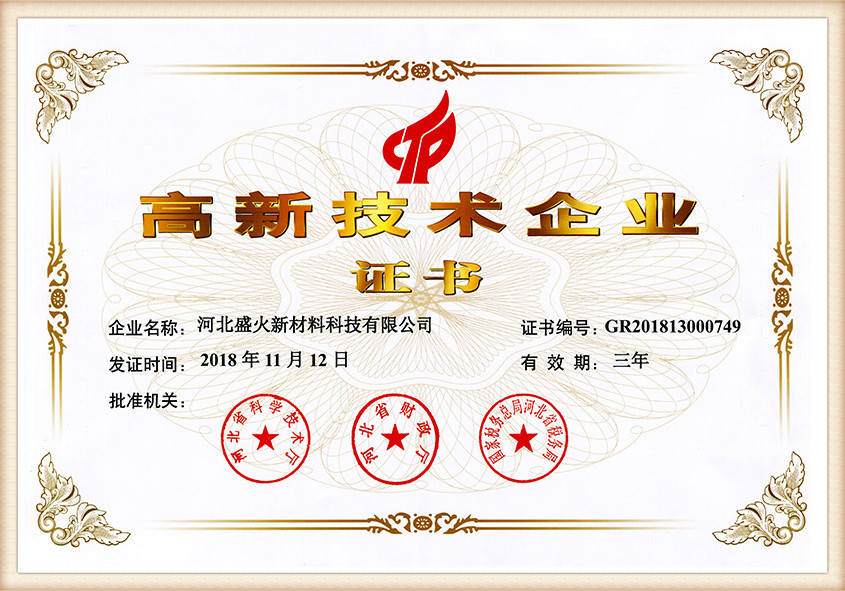Lost Foam Casting A Versatile Manufacturing Process
Lost foam casting (LFC) is an innovative manufacturing process that combines the principles of traditional casting with modern technologies. This method is characterized by its ability to produce complex metal components with excellent dimensional accuracy and surface finish. By using foam patterns that are vaporized during the casting process, LFC offers distinct advantages over conventional metal casting techniques, making it an appealing choice for various industries, including automotive, aerospace, and even artistic applications.
The Process of Lost Foam Casting
The lost foam casting process begins with the creation of a foam pattern, typically made from polystyrene or other similar materials. This foam pattern is designed to replicate the precise shape and dimensions of the final metal component. Once the foam pattern is produced, it is coated with a ceramic shell or sand mixture to create a mold. This mold is crucial for forming the intricate details and maintaining the desired finish on the final product.
After the mold is prepared, the foam pattern is placed in a pouring flask and then molten metal is poured into the mold. As the molten metal fills the mold cavity, it vaporizes the foam pattern, allowing the liquid metal to occupy the space left behind. This process occurs at a temperature that is carefully controlled to ensure that the metal fills all the intricate features of the mold accurately. Once the metal cools and solidifies, the ceramic shell is broken away, revealing the finished casting.
Advantages of Lost Foam Casting
One of the most significant advantages of lost foam casting is its ability to produce complex geometries with minimal machining required. This is particularly beneficial for parts with intricate designs or internal features that would be challenging to produce using other casting methods. Additionally, LFC typically results in less waste material, as it employs a more efficient use of the raw materials.
lost foam casting examples

Another notable benefit is the superior surface finish achieved through this process. The vaporization of the foam pattern ensures that the final casting mirrors the original pattern closely, reducing the need for post-casting surface treatments. This is particularly important in industries where aesthetic quality is paramount, such as in custom-designed components or artistic sculptures.
Furthermore, lost foam casting allows for the casting of a wide variety of metals. Commonly used materials include aluminum, iron, and steel, which can be tailored to meet specific mechanical and thermal properties. This versatility makes lost foam casting suitable for a range of applications, from automotive engine blocks to custom artistic pieces.
Applications of Lost Foam Casting
Due to its unique features and advantages, lost foam casting is employed in several industries. In automotive manufacturing, for instance, LFC is used to create engine components, transmission parts, and complex housings that require high precision and durability. Similarly, the aerospace sector benefits from this casting method to produce lightweight and intricate components critical for aircraft efficiency and performance.
Moreover, the artistic community has embraced lost foam casting for its ability to produce detailed sculptures and artwork. Artists can create complex designs without sacrificing quality, allowing for more creative freedom in their work.
Conclusion
In conclusion, lost foam casting stands out as a highly efficient and versatile manufacturing process that meets the demands of modern engineering and artistry. Its ability to produce complex geometries with excellent surface finish, combined with its efficiency and material versatility, makes it a valuable tool in various industries. As technology continues to evolve, the applications and benefits of lost foam casting are likely to expand even further, solidifying its place in the future of manufacturing.
Post time:Dec . 24, 2024 22:53
Next:Understanding the Process and Benefits of Sand Casting in Metal Manufacturing Techniques
